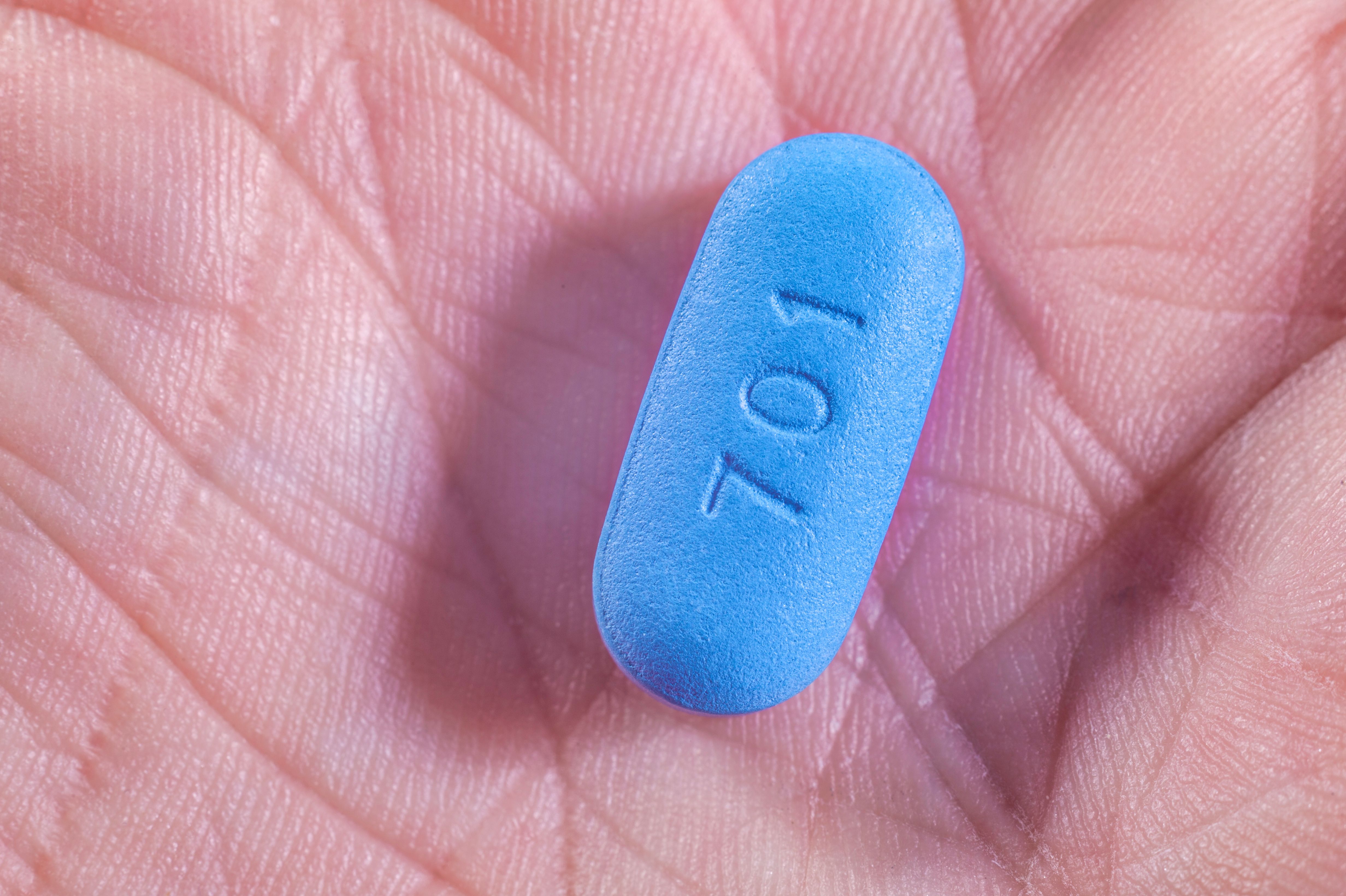- Center on Health Equity & Access
- Clinical
- Health Care Cost
- Health Care Delivery
- Insurance
- Policy
- Technology
- Value-Based Care
Comorbidities Need to Be Considered When Prescribing ART to Optimize Treatment Outcomes
Patient comorbidities should be considered when prescribing antiretroviral therapy (ART) to treat HIV to avoid comedication drug toxicities.
The presence and types of comorbidities did not affect the use of specific antiretroviral therapies (ARTs) in patients living with HIV (PWH), according to a study published in Current Medical Research and Opinion. However, the lack of specific treatments could lead to comedication drug toxicities if the treatments are not guided by the patient’s comorbidities.
Effective ART has reduced mortality and morbidity among PWH, who experience an elevated risk of comorbidities due to prolonged life spans and accumulated exposure to HIV and ART. These include cardiovascular disease (CVD), hypertension, diabetes, chronic kidney disease (CKD), and osteoporosis. Toxicities and adverse events also might be associated with long-term use of ART and sustained HIV immune activation. Treatment guidelines suggest considering comorbidities when ART regimens are selected. However, data on comorbidity management are limited to single types. This study aimed to find the patterns between ART prescribing and commonly observed comorbid conditions in PWH in the United States.
Hand holding Pill used for Pre-Exposure Prophylaxis (PrEP) to prevent HIV | Image credit: mbruxelle - stock.adobe.com

The Optum Research Database was used to collect medical and pharmacy claims, enrollment, and socioeconomic data for the retrospective cohort study. All patients 18 years and older who were PWH were identified through pharmacy claims of antiretroviral (ARV) medication; the index date was the first date of an ARV medication claim. At least 1 diagnosis code for HIV/AIDS during the pre-index period, which started on January 1, 2013, was required for inclusion. Any medication with a small sample size was not included for this analysis. Sixty-seven comorbid conditions were selected for the analysis.
There were 17,694 PWH included in the study who had at least 1 pharmacy ART claim and were eligible for the study. The mean (SD) age of the cohort was 52.2 (12.8) years, 82.6% were male patients, 46.9% reported a Caucasian ethnicity, and 28.2% were African American. A total of 59.1% lived in the Southern region of the United States.
Most of the study participants (93.5%) received a nucleotide reverse transcriptase inhibitor in the 2018 calendar year, which included tenofovir alafenamide (TAF; 41.6%), tenofovir disoproxil fumarate (TDF; 28.1%), and abacavir (22.0%). Commonly used anchors (62.6%) included the integrase strand transfer inhibitors (INSTI) dolutegravir (DTG; 30.4%), elvitegravir (EVG; 24.2%), and raltegravir (7.3%). Non-nucleoside reverse transcriptase inhibitor (NNRTI) treatments were less frequently used (29.5%), and they included efavirenz (EFV; 13.2%) and rilpivirine (RPV; 12.2%).
A total of 50.6% of the cohort had 2 or more comorbid conditions, with the most prevalent being hypertension (33.2%), hyperlipidemia (29.7%), neuropsychiatric conditions (26.9%), type 2 diabetes (13.1%), CVD (11.5%), CKD (12.9%), and obesity (12.6%).
Types of ART were not significantly different between the types of comorbidities. Those who had more than 2 comorbid conditions received DTG (32%), EVG (21.9%), TDF (41.2%), and TAF (25.1%). Diarrhea (44.4%), neuropsychiatric conditions (43.5%), peptic ulcer or esophageal reflux (42.8%), osteoporosis (40.2%), CVD (39.2%), and CKD (36.8%) were all comorbid conditions observed in PWH. The most frequently taken INSTI medication was DTG (30.4%), with comorbid conditions such as CKD (38.5%), CVD (33.3%), osteoporosis (38.5%), and diarrhea (36.4%) being the most reported comorbid conditions.
NNRTI medications varied based on comorbid conditions. The overall use of EFV and RPV was 13.2% and 12.2% respectively, with patients with CVD (11.7% and 9.9%), hyperlipidemia (14.0% and 11.6%), hypertension (13.0% and 10.8%), type 2 diabetes (13.7% and 11.0%), and peptic ulcer or esophageal reflux (10.5% and 7.4%) more likely to receive EFV instead of RPV. However, patients with neuropsychiatric conditions more often received RPV than EFV (11.2% vs 9.3%).
There were some limitations to this study. The data used for this study were not originally intended for research, which could lead to miscoding, omissions, or misinterpretations, and the source data only included PWH who had Medicare Advantage Part D or commercial health insurance, which might make the study not generalizable to the uninsured population. In addition, no formal tests were done to compare treatments and groups, and disease severity, adverse events, and drug-drug interactions could not be evaluated due to lack of clinical data.
The researchers concluded that their study supports further research into individualizing treatment plans for HIV, as the toxicities in ARV medications could increase the risk of developing other comorbid conditions. Inherent ARV toxicities and comorbid conditions should be the focus of this future research.
Reference
Buysman EK, Kumar P, McNiff K, et al. Antiretroviral therapy among people with HIV with comorbidities in the United States: a retrospective cohort study. Curr Med Res Opin. Published online September 28, 2023. doi:10.1080/03007995.2023.2262379
